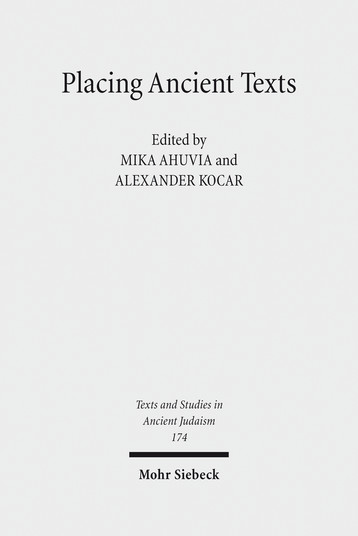
This interdisciplinary volume offers a toolkit for analyzing the rhetorical constructions of places both earthly and cosmic, the positioning of people in religious space, and the performance of ritual texts in place in the ancient world.
The volume was the culmination of a conference I co-organized at Princeton University in 2014 and was published in 2018 by Mohr Siebeck (introduction and table contents is available at the link).
My contribution to the volume emerged from a quandary I encountered during my research into ancient ritual texts. Jewish Aramaic incantation bowls had primarily been studied in philological circles from the perspective of their composers and as fixed transmitted formula. Even though there is much evidence that these texts were recited out loud in the homes of ancient people, the perspective and context of the ordinary people who sought out ritual practitioners to request these incantations had not yet been considered.
In “The Spatial and Social Context of Babylonian Incantation Bowls,” I argue that studying such religious texts with their embodied, collaborative, and spatial performative context in mind yields a more accurate understanding of the way these incantations functioned and shaped people’s reality. Incantation bowls were a form of remedy in antiquity: just as medical outcomes today depend in part on the relationships and conversations of health practitioners and their patients, so too the collaboration of clients and practitioners in antiquity was crucial to their success. I also argue that consideration of the spatial and social dynamics of performed ritual texts necessarily changes the nature of their contribution to religious history, revealing a diversity of viewpoints about the divine world and people’s relationship to mediators, angels, and God.